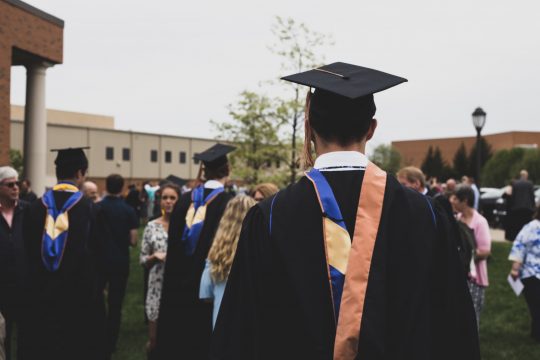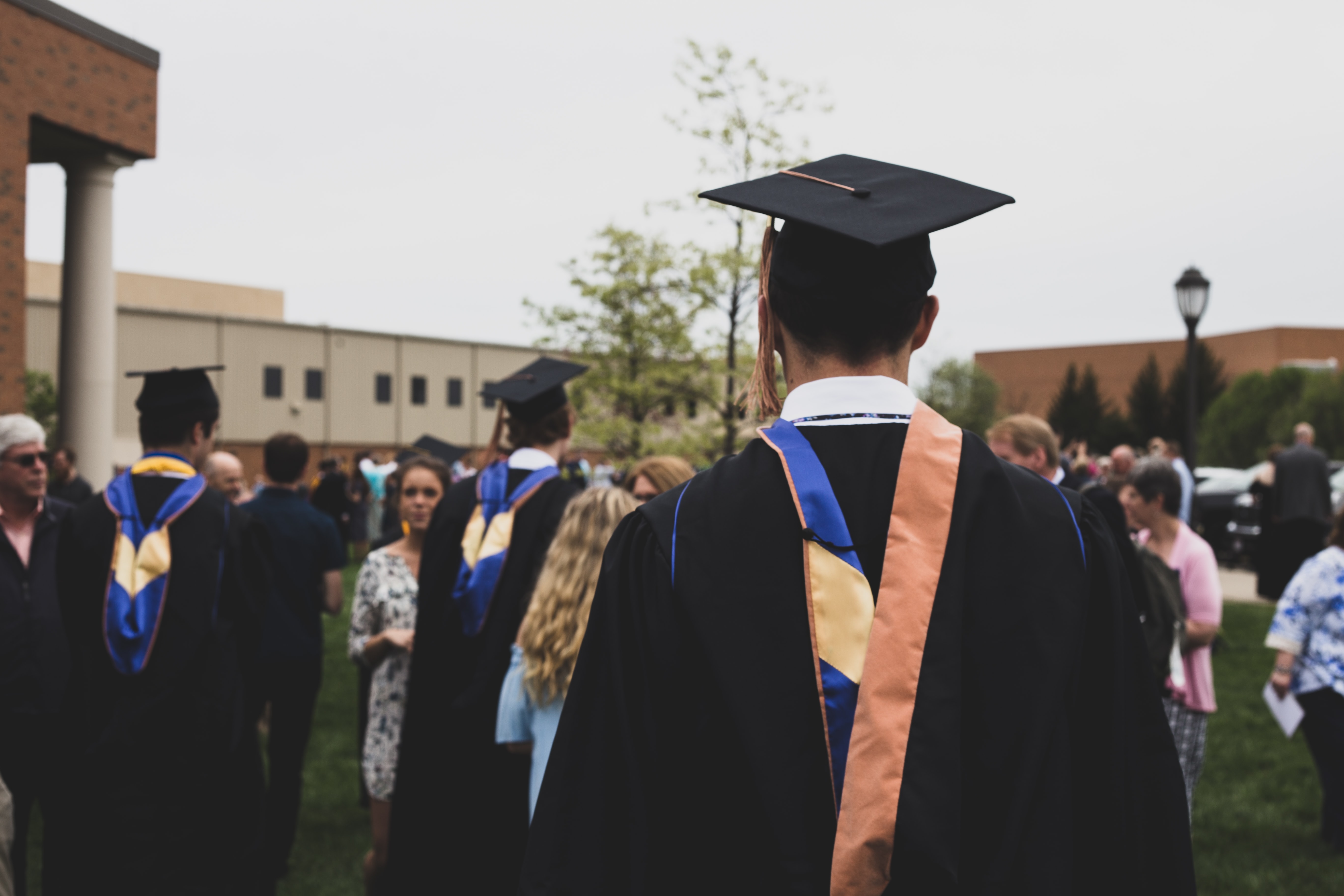Promote Race Equity with Student Loan Relief
February 10, 2023 | By Matthew Tippit, Policy Associate
 For many students in Ohio, higher education can seem like an insurmountable challenge, especially for aspiring students who are low-income, first-generation, and/or parenting. As the costs of a college education continues to rise, far outstripping increases in median wages for college graduates, entire generations of young people are given a choice between two bad options: continue their educational careers but be straddled with massive debt or defer their educational aspirations to avoid egregious student loan payments and accruing interest. There is no question: student loan relief is an essential first step we must take to ensure no dreams are deferred and the ladder of economic opportunity is available to those who are struggling to upskill and earn higher levels of education and credentials.
For many students in Ohio, higher education can seem like an insurmountable challenge, especially for aspiring students who are low-income, first-generation, and/or parenting. As the costs of a college education continues to rise, far outstripping increases in median wages for college graduates, entire generations of young people are given a choice between two bad options: continue their educational careers but be straddled with massive debt or defer their educational aspirations to avoid egregious student loan payments and accruing interest. There is no question: student loan relief is an essential first step we must take to ensure no dreams are deferred and the ladder of economic opportunity is available to those who are struggling to upskill and earn higher levels of education and credentials.
Student loan relief is a program designed to address the crippling debt created by the rapidly rising cost of a college education over the past 40 years. In that time, the cost of four-year public and private college has nearly tripled, adjusting for inflation. The federal program offering financial assistance, Pell Grants, doesn’t go nearly as far as it did in 1980. It used to cover nearly 80 percent of the cost of a degree for students from working families, but now only covers a third. Many students from low- and middle-income families have had no choice but to borrow if they want to get a degree. Graduates are typically burdened with almost $25,000 in debt, according to the U.S. Department of Education.
Fortunately, in August 2022, the Biden-Harris One-Time Student Debt Relief program launched, giving Americans earning less than $125,000 the opportunity to be provided up to $20,000 in debt relief. Given how pervasive this problem is, it’s no surprise that 26 million people applied for debt relief through this program, including nearly 1.1 million Ohioans. As of now, 16 million of those applications are already approved.
However, this process was quickly stopped by lawsuits launched by Republican lawmakers last November. While several legal proceedings have occurred since bearing impact on the program, it’s clear that all roads lead to the Supreme Court hearing scheduled for February 28, 2023.
Now, the financial fate of up to 43 million Americans who make under $125 thousand a year is in the hands of the Supreme Court. Student debt relief has the potential to positively impact communities of color. Students of color have more debt from student loans, come from low-income backgrounds, as shown by the higher number of students who receive federal grants and receive lower paying jobs after graduating when compared to their peers who are white. Because of these facts, it is vital to view student loan debt relief as a step toward racial equality.
If as a nation we care about equal opportunity, we must provide a solid foundation for all people. Data from the Student Borrower Protection Center shows that after 20 years after starting college, the median borrower who is Black owes 95 percent of their original student debt balance. The median borrower who is white has paid down almost 95 percent of their original balance. The Student Loan Forgiveness Plan is a critical first step to put equitable practices in place to support students of color in higher education.I have to say: I stand to benefit significantly from the student debt relief program as a recent graduate. I am a first-generation college student. I was lucky to have a mother who cared so much about my education that she started working at university when I was ten to take advantage of tuition discounts offered by the institution so that my future education would be more affordable. Her planning for the future and my ability to find scholarships once I was in college saved me from the worst of student loans. However, I still have well over $10,000 in loans. Imagine how much debt I would have if I had not been so fortunate.
This week, over 170 Republican lawmakers submitted an amicus brief to the Supreme Court opposing the program. Their argument is that President Biden and the Secretary of Education do not have the authority to cancel student loan debt. But the Biden Administration argues that they are authorized to cancel the debt under a piece of legislation called the HEROS Act. Both of these arguments will have their day in court soon.
But Republican lawmakers are not alone in making calls to influence this decision. After all, according to the Brookings Institution, every survey on the issue has shown majority support for President Biden’s student loan relief plan, and many groups are raising their voices in earnest to support this plan. In January, the Student Borrower Protection Center gathered testimony from more than one hundred entities, including the NAACP, Attorneys General from various states, and more than three dozen local governments across the country, among many others.
Ending equity gaps in higher education will take many more steps to address a system that straddles young people with staggering amounts of debt in the first place, but the Supreme Court must consider these many varied voices and uphold this program as a critically important first step toward racial equity.

